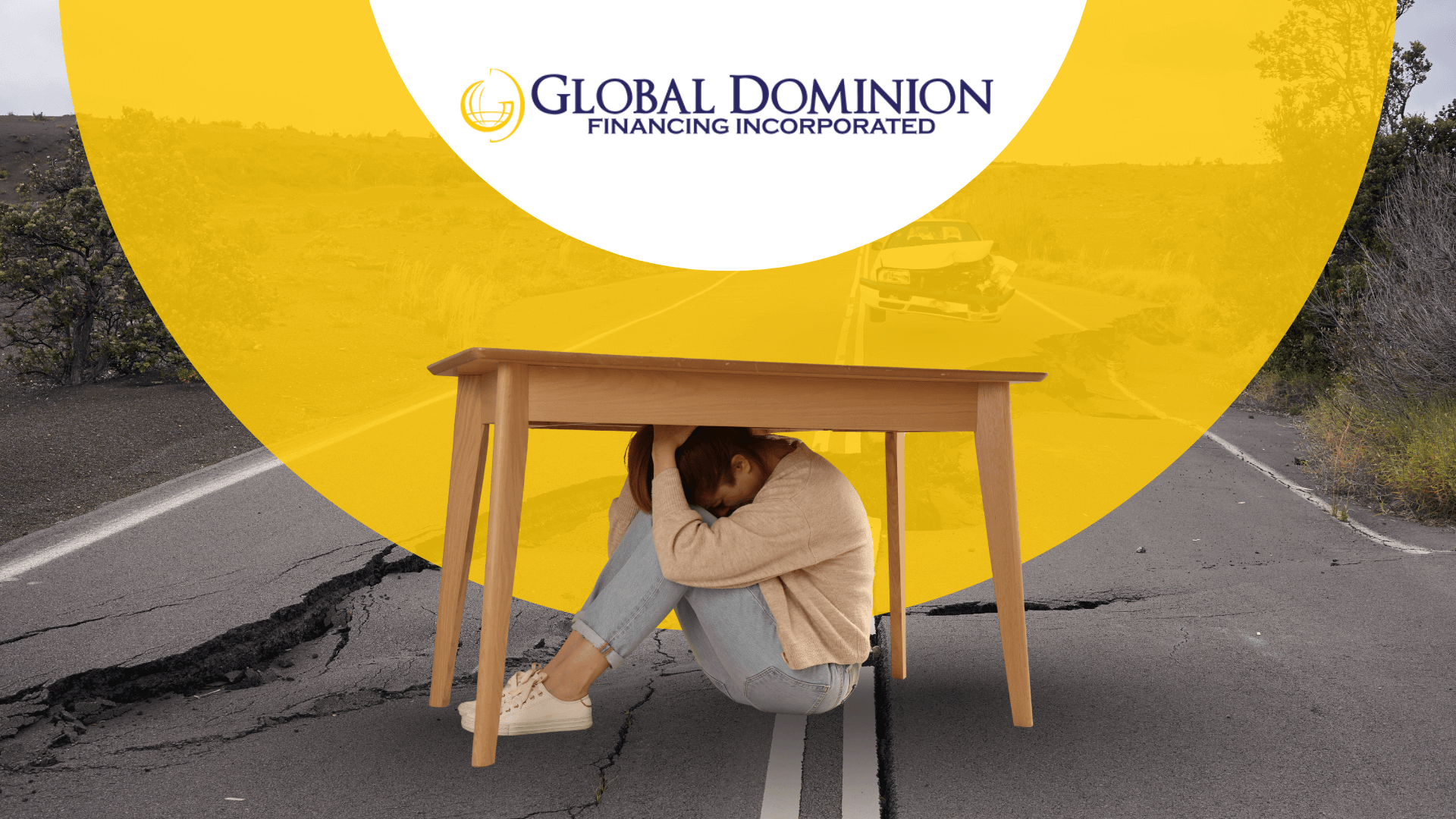Habits You Must Maintain While Driving

Driving is a continuous process of analyzing different factors and making split-second decisions that can spell either safety or disaster. In short, the decisions you make (even the smallest ones) will determine what kind of driver you are. If you want to ensure that you would become a responsible road user, then we suggest you make a habit of the following.
Wear Your Seat Belt
Seat belts must be worn at all times while driving. Doing so is a very good way to ensure yours and your passengers’ safety while on the road.
Moreover, since 1999, the Republic Act No. 8750 was implemented in the Philippines to increase public awareness as well as to enforce wearing of seat belts in a moving vehicle. In other words, it requires all drivers and passengers at the front to wear seat belts.
Adjust Your Head Restraint
Head restraints can help prevent soft tissue injuries like whiplash. In case you don’t know, whiplash is an injury to the neck, head, and shoulders after being subjected to a snapping motion that commonly occurs after getting hit from the rear.
Adjust your head restraint so the top is at least level with the top of your ears (the higher, the better). Your head restraint must be as close as possible to the back of your head. Closer head restraints can be twice as effective in preventing injuries than those set too far back.
Show Courtesy At All Times
Always be polite and contribute to everyone’s safety and well-being. When driving, you’ll share the road with a number of different road users, including:
- Pedestrians
- Bicyclists
- Motorcyclists
- Drivers of other vehicles
Constantly Scan the Road for Hazards
Be aware of your surroundings while driving. Look at least 15 seconds ahead in front of you (approximately 4 to 500 meters). Doing so will allow you to respond quickly to changing conditions. It’ll also help you avoid dangerous and abrupt braking situations. Continuously keep your eyes moving, focusing on what’s outside of your ride instead of your car interior.
Consistently Signal Your Intentions
Your primary communication tools are your car’s signal lights. So best if you always use your turn signal to let other road users know you are planning to turn, change lanes, pull out, or pull over. And in case one or all your lights are broken, take your car to the nearest auto shop.
Final Thoughts
By practicing the things listed above, you’ll not only be able to ensure yours and your passengers’ safety, but you’ll also get to enjoy the privilege of being a car owner.





